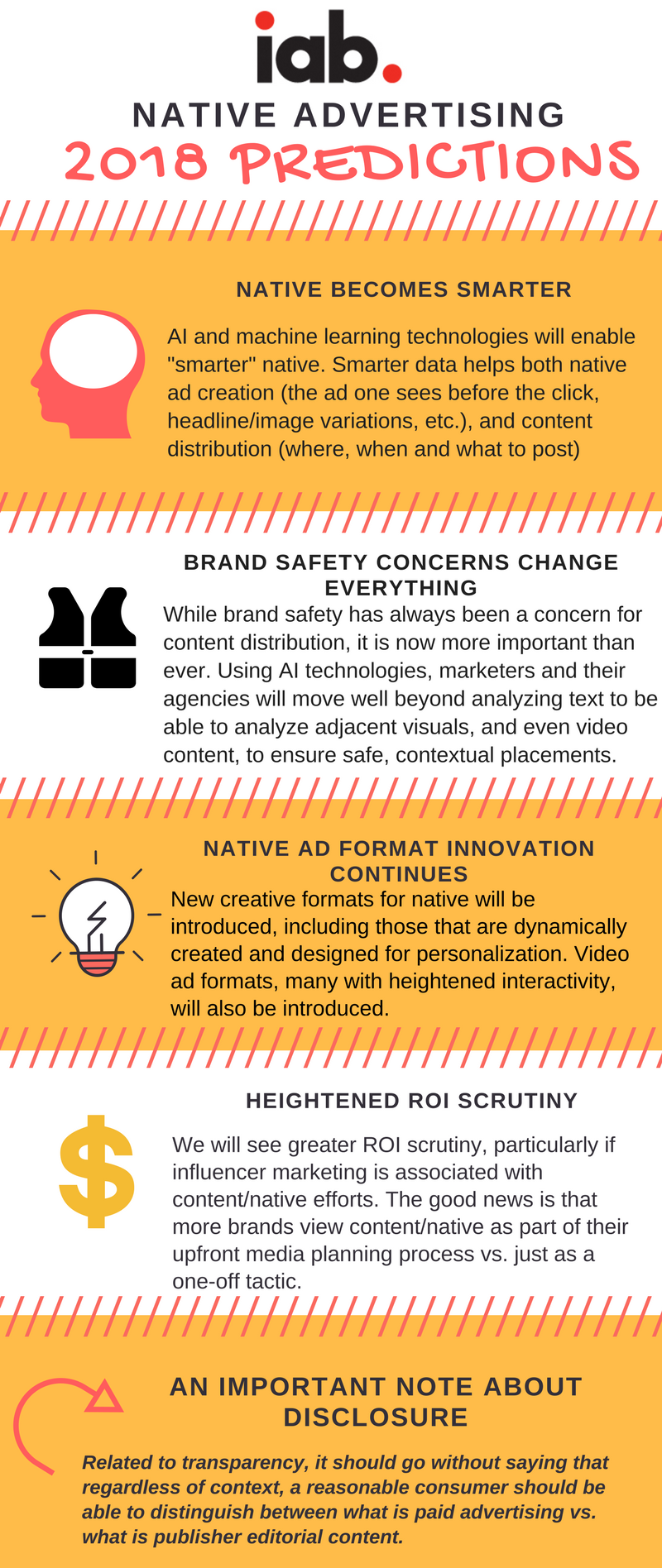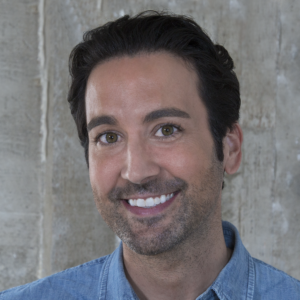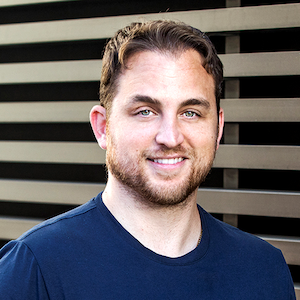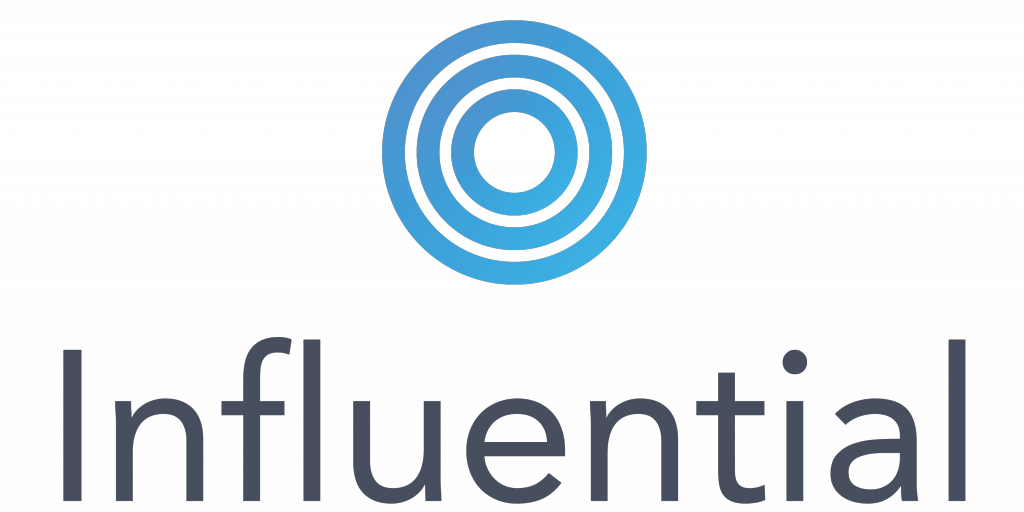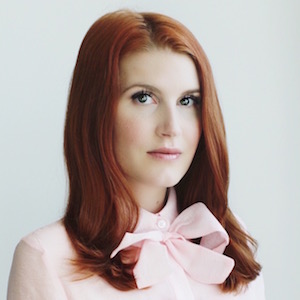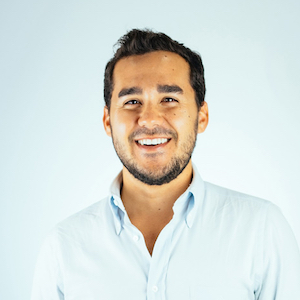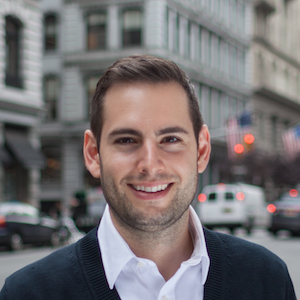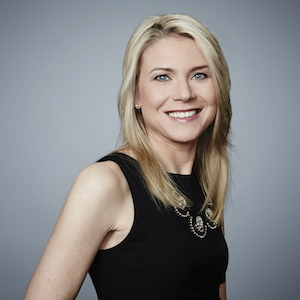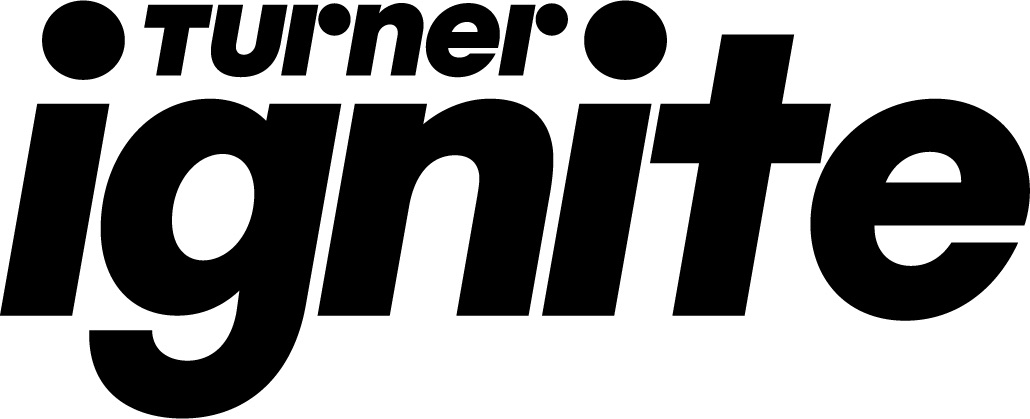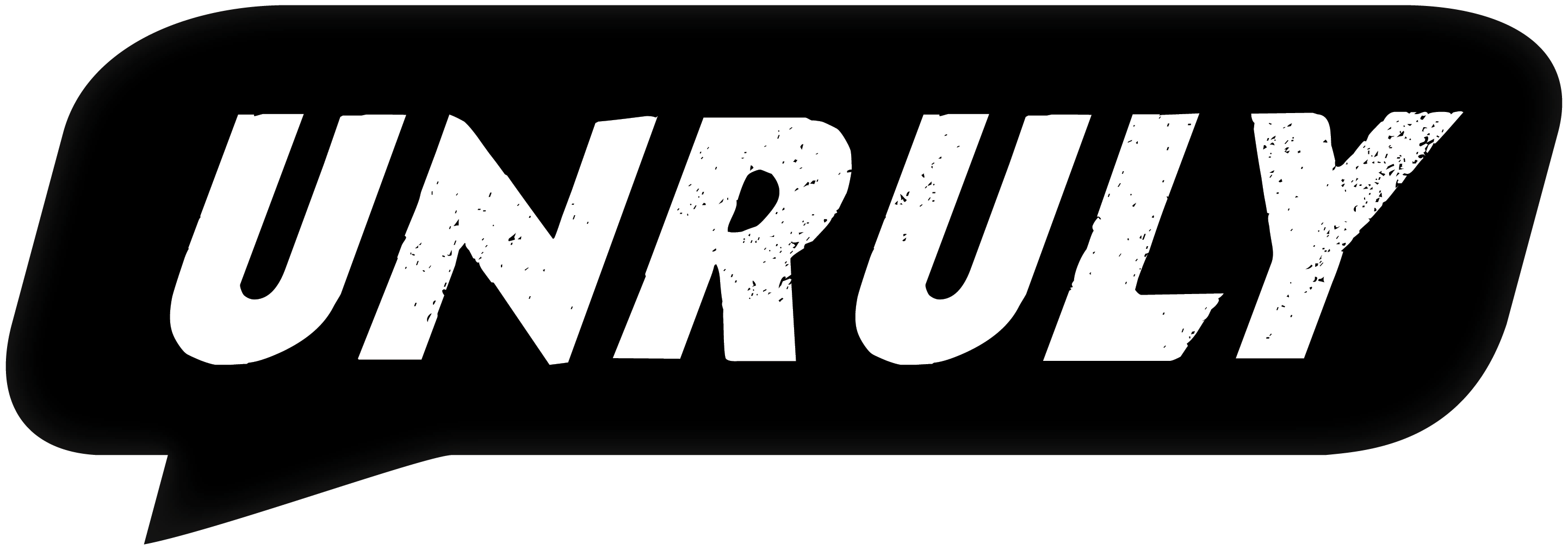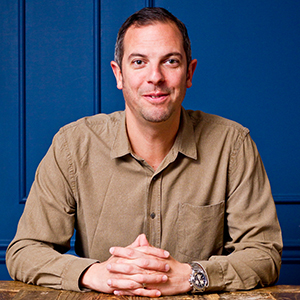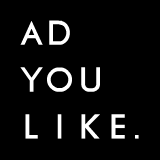

Authors
Author
Susan Borst
Head of Social and Content Marketing Solutions
at IAB
Susan is the Head of Social and Content Marketing whose mission is Best in Class Mobile Marketing that Puts the Consumer First. Susan was named as one of “100 Significant Women in Native Advertising” by the Native Advertising Institute, “15 People in NYC that are Changing Advertising That You Need to Know About” by Alley Watch, “Top 50 Content Marketing Influencer at CM World” by TopRank, and a “Top 50 Marketing Leaders Over 50” by Brand Watch. She is on the jury for the Native Advertising Institute Awards, The Content Marketing Institute Awards, the Shorty Awards and the Rakuten Golden Link Awards and is a frequent speaker at leading digital conferences.
